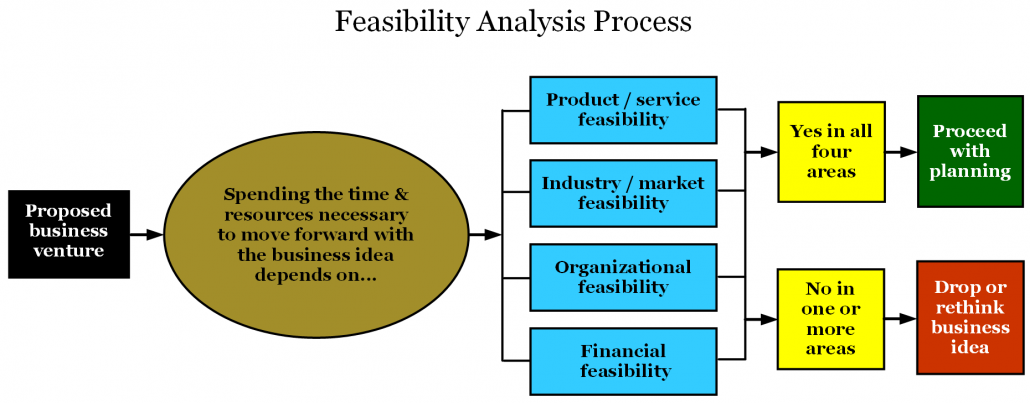Opportunity?

Are You Producing Customers?
May 10, 2019
Is Your Product Idea a Good One?
May 10, 2019Identifying a real business opportunity can be tricky…you have to dig deep and ask many questions. Ask yourself if your product or service fulfills the needs of a growing market better than the current competition and better than any substitution technologies within the overall external market (e.g. cultural, economic, political, legislative, society, etc).
Is there a real need for your product or service? Does your product or service truly fulfill those needs? Do you or your product or service possess unique elements that will position your business in a very niche market in which you can become one of the market leaders? When will your window of opportunity open or close?
What actually frustrates the current customers in your industry? What problems have they had with poor product quality or not having enough options or limited selection. Maybe the delivery is not fast enough. Many times an opportunity lies in observing what can be done to better serve a customer’s needs.
What will your customers need in the near future that they are unable to get today? Think about the problems you have had with the products you have been ordering. Is there an opportunity to develop something better; a better product, service or process?
In an October, 2012 Harvard Business Review blog, Scott Anthony lists “The Five Cs of Opportunity Identificationâ€, which can be summarized as:
- Circumstances – The specific problems a customer cares about and the way they assess solutions is very circumstance contingent.
- Context – Ask a customer to report what they did in the past or will do in the future and you will get something that bears only a loose resemblance to reality. You must find a way to be with the customer when they encounter a problem and watch how they solve it.
- Constraints – Understanding why a customer does not consume is critical. Are existing solutions too expensive, do they require specialized skills or are the just inconvenient?
- Compensating Behaviors – Are customers using a product or service in an unintended way to try to solve a problem?
- Criteria – Quality is a relative term; you can only determine if a solution is good by first understanding the criteria that matter to a particular customer. Do they want something simple, reliable, cost effective, etc?
Consider those questions and then summarize your thoughts to create a concept statement which should include the following:
- Description of product or service being offered
- Intended target market
- Benefits of product or service
- Description of how product will be positioned relative to similar ones in the market
- Description of how product or service will be sold & distributed

Feasibility Analysis Process
When complete with your concept statement, think about doing a feasibility analysis, similar to the one shown here. It will provide additional insight into your product launch before you over spend on time and money.
Opportunities are all around us, but not all of them can be made into profitable businesses.
Good luck with determining your next true opportunity!
Gary J Kiecker
LifeLongUâ„¢


